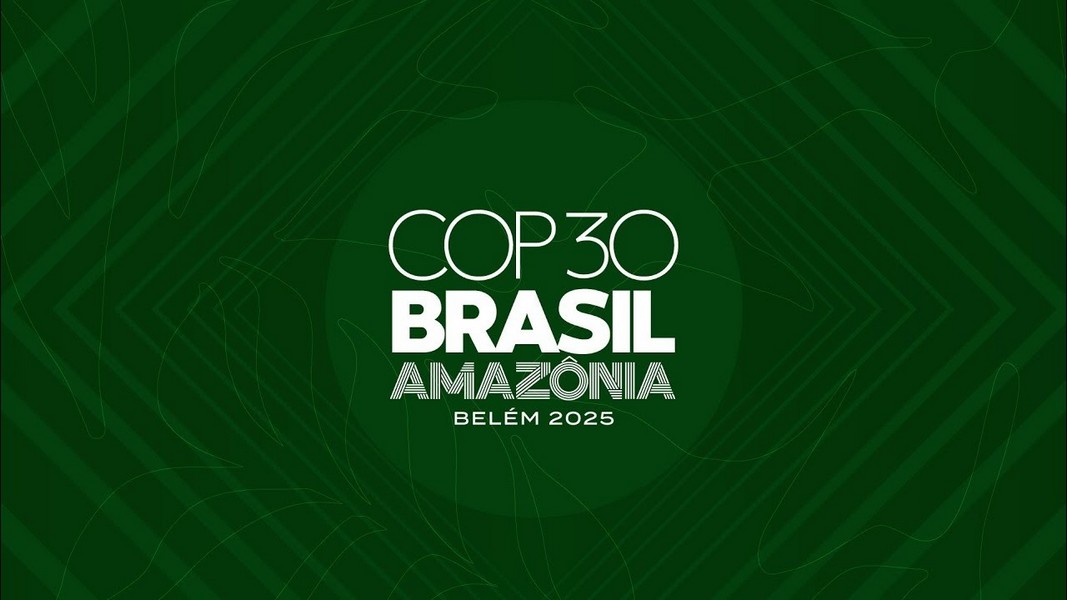The Paris Agreement and land degradation neutrality, 10 years of shared challenges, 10 years of actions to be scaled up
by Jean Luc Chotte, President of the CSFD
The 30th Conference of the Parties (COP30), scheduled to take place in Belém, Brazil, from November 10 to 21, 2025, will mark the 10th anniversary of the Paris Agreement – the first global and legally binding pact to limit global warming to “well below + 2°C and to pursue efforts to limit it to + 1.5°C.” This agreement introduced an innovative framework: each country must submit nationally determined contributions (NDCs) and review them every 5 years. Without this international cooperation, scientific data indicates catastrophic warming of +4°C by 2100, leading to devastating impacts on ecosystems, economies, and societies.
However, the results are worrying. The first Global Stocktake conducted at COP28 in Dubai revealed a clear gap: current country commitments project a +2.5 to +3°C increase by 2100, which is well above the initial goal of +1.5°C. The new national contributions, known as NDC 3.0, due in 2025, were expected to be a turning point. However, with just a few weeks until COP30, only 64 out of 195 countries (as of September 30, 2025) have submitted their plans, and their overall ambition remains largely inadequate: aiming for a 12.3% reduction in emissions by 2035 (compared to 2019 levels), rather than the 55% reduction needed to keep global warming within +1.5°C. Contributions from other countries are anticipated in Belém.
Despite these delays and criticism, the Paris Agreement has changed the way the world approaches climate action.
Attacked from all sides for its lack of ambition and non-binding nature, the Paris Agreement remains a historic framework that has enabled significant, often underestimated, advances. The NDCs 3.0, despite their limitations, demonstrate this.
- Integration of the land sector: For the first time, most countries recognize the central role of AFOLU (Agriculture, Forestry, and Other Land Use) in climate change mitigation and adaptation. The NDCs 3.0 now consistently mention sustainable soil management, reducing deforestation, and restoring ecosystems as strategies for mitigation and adaptation.
- Recognition of the role of local populations, women and youth: Climate plans increasingly incorporate indigenous knowledge, the roles of women and young people in the ecological transition, and the specific needs of vulnerable communities. For example, Côte d’Ivoire has included in its NDC 3.0 the necessary capacity building, equitable access to technological and energy innovations, resources, goods, and services specifically for women, young people, and children for a just climate transition. More information…
- Role of non-state actors: An increasing number of states acknowledge the importance of civil society and science in shaping public policy, advancing climate justice, and supplying reliable data.
- Targeting key sectors: NDCs now identify priority sectors for mitigation (fossil fuels, transport, LULUCF) and adaptation (water, resilient agriculture, health). LULUCF, responsible for nearly 25% of global emissions, is finally recognized as a pillar of climate action.
- Synergies among the Rio Conventions: countries highlight the connections between climate action, the Convention on Biological Diversity, and the United Nations Convention to Combat Desertification.
The Paris Agreement has established a shared language and unprecedented momentum: despite delays and shortcomings, it has prioritized climate justice, ecosystem resilience, and nature-based solutions in the debate.
Land degradation and climate: interconnected and essential solutions
Fighting desertification and reaching land degradation neutrality (LDN) are key parts of climate action, recognized by the Paris Agreement and the United Nations Convention to Combat Desertification (UNCCD). Here’s why:
- Mitigation: Soils store up to 30% of the carbon in terrestrial ecosystems (IPCC, 2019). Globally, sustainable soil management could store up to an additional 80 Gt of CO₂ by 2050 (FAO, 2020)
- Adaptation: Land degradation worsens the impacts of drought and biodiversity loss, increasing the vulnerability of populations. Initiatives demonstrate that solutions are available, such as
- The Great Green Wall in Africa
- and the 4 per 1000 initiative “Soils for Food Security and Climate”
However, only 1% of global climate finance is currently allocated to combating desertification (UNCCD, 2023).
Towards COP17 Desertification: A Critical Event for the CSFD and Land Neutrality
While COP30 in Belém will be an opportunity to increase global climate ambition, the upcoming Conference of the Parties to the Desertification Convention (COP17) in Ulaanbaatar, Mongolia, scheduled for August 2026, will be a critical moment for fulfilling commitments to land degradation neutrality (NDT).
The CSFD will closely monitor progress at COP30 Climate by analyzing the NDCs 3.0 from the perspective of land degradation neutrality. It is already preparing for its participation in COP17. The fight against desertification is not an isolated battle: it is an essential part of the response to climate change (https://www.quae.com/produit/1844/9782759238040/desertification-et-changement-climatique-un-meme-combat).
To go further:
The NDCs 3.0https://unfccc.int/ndc-3.0
The NDCs 3.0 synthesishttps://unfccc.int/sites/default/files/resource/cma2025_08.pdf
Conceptual framework for neutral land degradation: https://www.unccd.int/sites/default/files/2018-06/GLO%20French_Annex1.pdf


